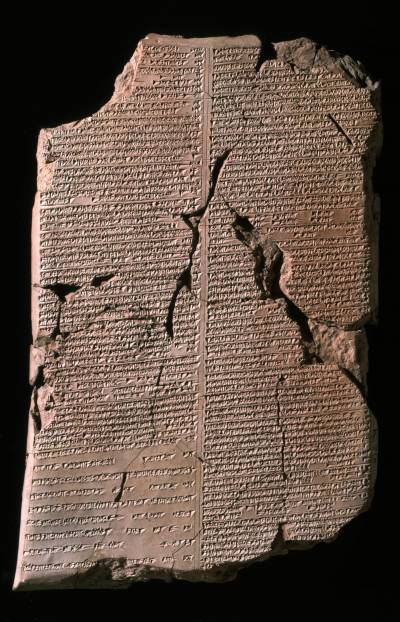
Among the remains of the great Library of Ashurbanipal, King of Assyria (668-c. 630 BC), are clay tablets containing an incredible medical handbook. The "Nineveh Medical Encyclopaedia" is the world's most standardised, structured and systematised corpus of medical literature prior to Galen. The tablets were broken into fragments during the sack of Nineveh in 612BC. NinMed is reconstructing these tablets and translating them into English. Our aim is to make the Encyclopaedia freely and fully accessible to all researchers interested in the history of medicine.
Mark Geller is joint PI with Jonathan Taylor (British Museum) and Irving Finkel (British Museum). This is a Wellcome Funded Research Resources Award at the British Museum and UCL (353K) to publish online the cuneiform Nineveh Medical Encyclopaedia from the 7th century BCE Royal Library of Ashurbanipal of Assyria.
Read about the project on the British Museum blog.
Text from NinMed: Medicine fit for a king webpage from ORACC at the University of Pennsylvania
Image: A tablet from the Nineveh Medical Encyclopaedia. Treatise VIII Stomach. K 71b. Copyright Trustees of the British Museum. CC BY-NC-SA 4.0

 Close
Close

